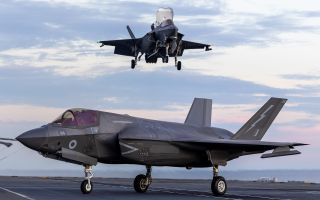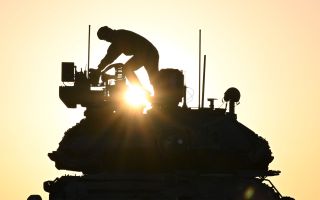SA80 out, new assault rifle coming in as quest begins to make the Army more lethal
The search is underway to find a replacement for the British Army's current assault rifle – the SA80 L85A3.
The projected out-of-service date for the L85A3 is currently 2030, but Project Grayburn, under which the new weapon will be procured, is still in the concept phase.
The aim is to identify and understand the capability requirements of the new weapon and, as part of this phase, various rifle calibres are being considered.
- Gearing up for the fight: How the modern infantry section is equipped for war
- Explained: Why the Commando Force needs the MCX – its newest new rifle
- Knight's Stoner 1: British troops getting new assault rifle
The L85 is part of the SA80 family of bullpup weapons including the now-defunct L86 Light Support Weapon and the L22 Carbine.
It's chambered in 5.56×45mm, a cartridge that was standardised across Nato in 1980, since when operational demands and technological requirements have changed significantly.
Intermediate cartridges like the 5.56x45 are not deemed to be up to the task on the modern battlefield when taking into account longer distance engagements and body armour.
In a perfect world, a rifle round should be able to fly with as flat a trajectory as possible over as great a distance as possible, while remaining lethal on impact.
A major consideration of Project Grayburn is therefore not only selecting the right rifle to suit the Army's needs, but the right calibre, taking into account performance, interoperability and complexity.
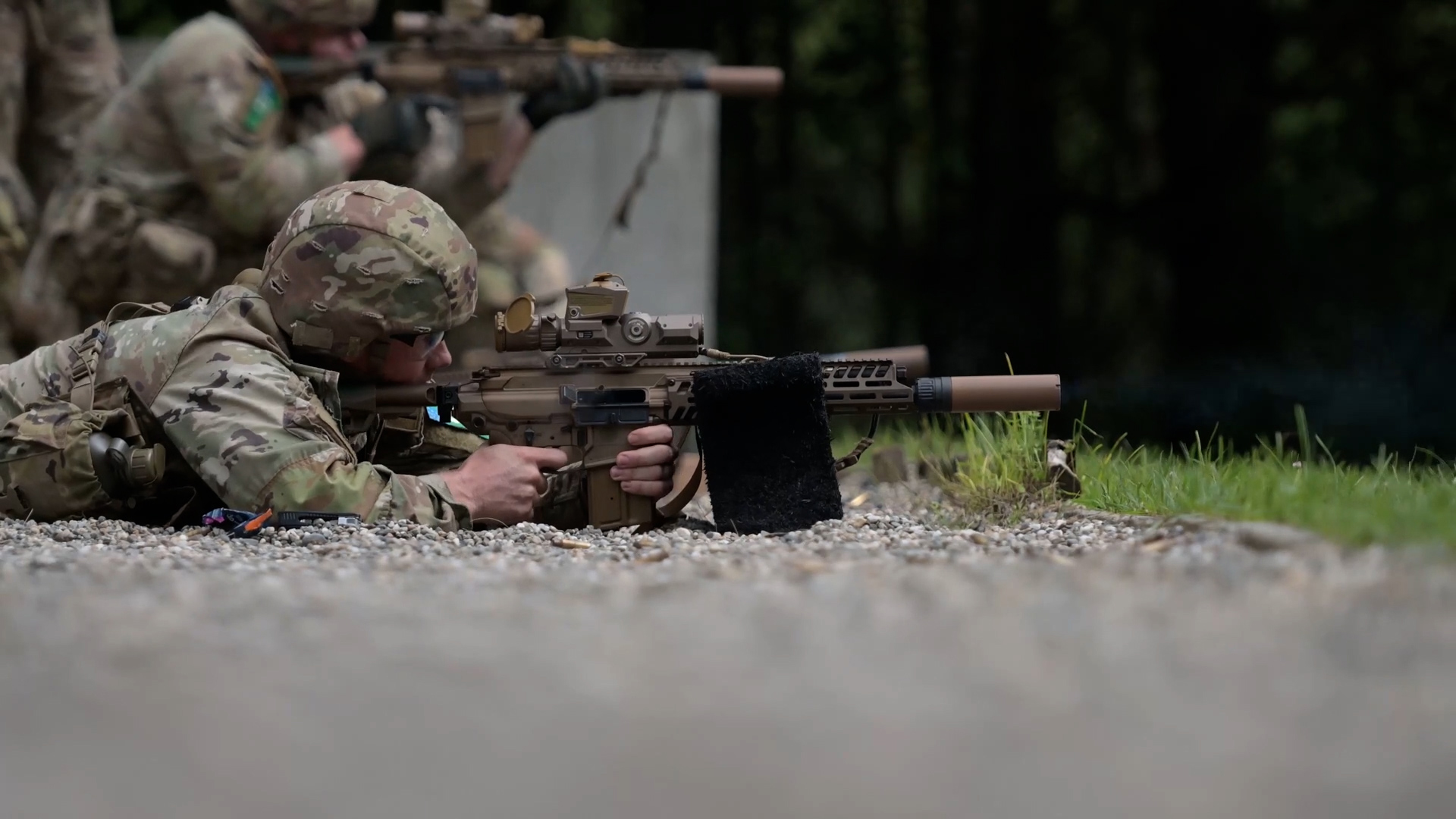
6.8x51mm
Jonathan Ferguson, keeper of firearms and artillery at the Royal Armouries Museum in Leeds, has discussed some potential options, including the US Army's new M7 rifle, which is chambered for the 6.8x51mm cartridge.
This weapon, which is manufactured by Sig Sauer, was officially adopted in May 2025 after extensive testing.
Just like the requirements for Project Grayburn, it was designed to address concerns about modern body armour reducing the effectiveness of the 5.56×45mm Nato round.
The 6.8x51mm cartridge is derived from the older 7.62×51mm Nato round that the 5.56x45 was largely intended to replace.
But while the case dimensions are similar, it has been necked down to accept a narrower, but much longer, bullet.
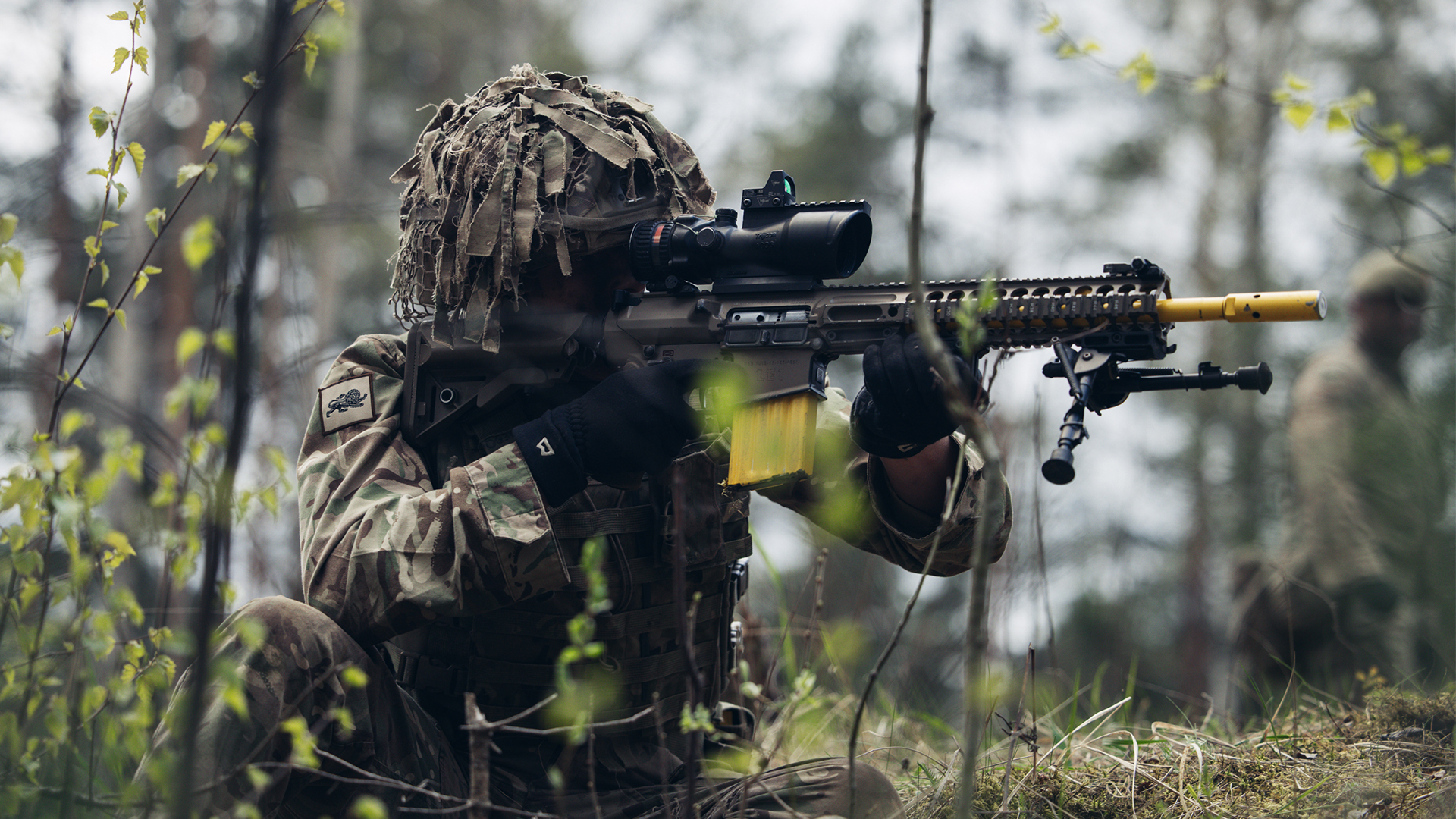
6.5mm Creedmoor
Another contender analysed by Mr Ferguson is 6.5mm Creedmoor, a cartridge already in limited use with US special forces and the US Navy.
While the L129A1 Sharpshooter designated marksman rifle was originally chambered in 7.62x51mm, in use with Royal Marines it's configured in the ballistically superior 6.5mm Creedmoor as the A2.
In many ways, 6.5mm Creedmoor is similar to 6.8x51mm, but its lower chamber pressure makes it a more manageable round in terms of recoil and longer barrel life at the expense of a slight trade-off in performance.
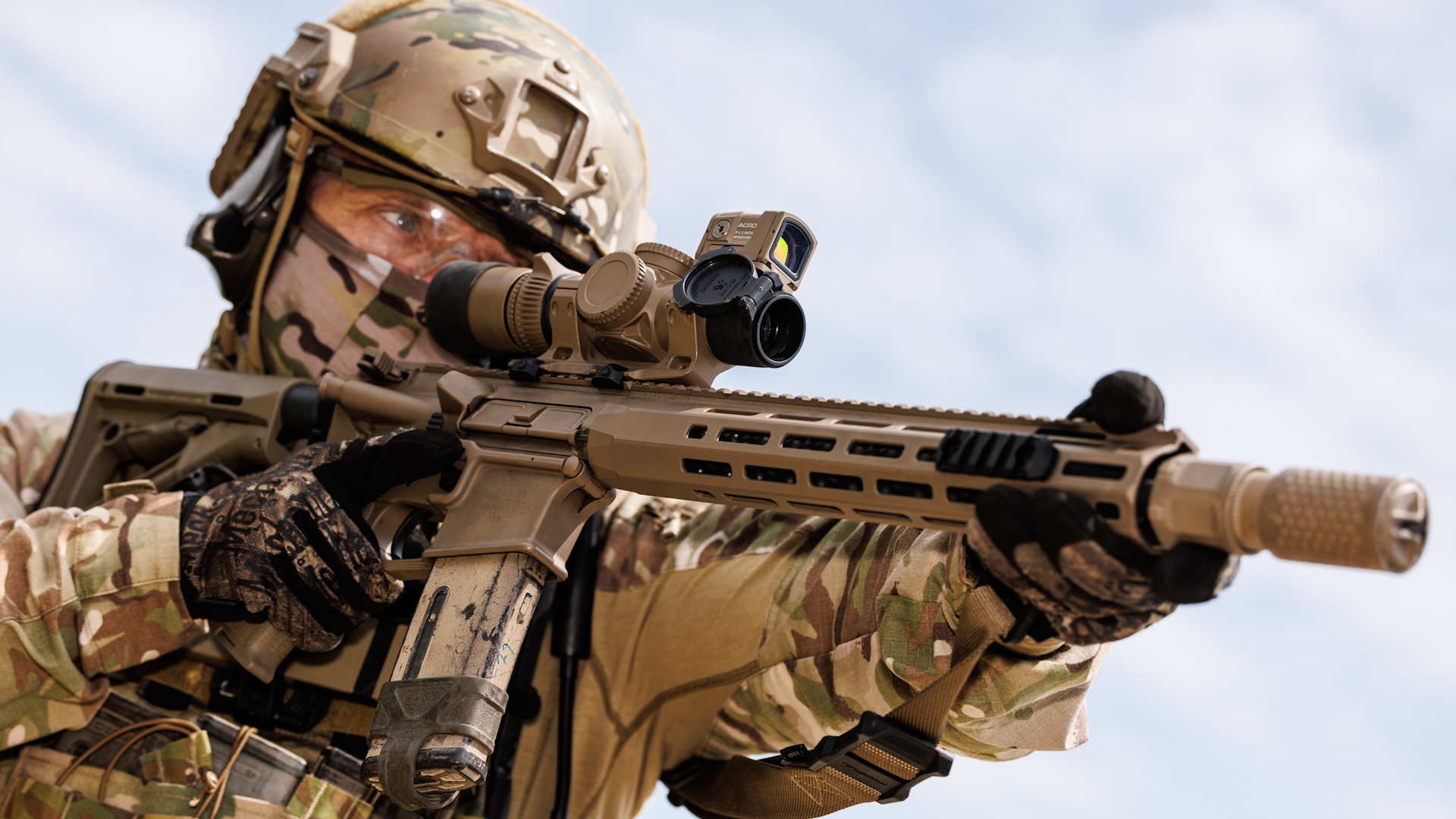
What about the rifle?
In addition to the chosen calibre, Project Grayburn will also have to decide the layout of the rifle – conventional, like the KS-1, or bullpup, like the L85.
Bullpups have a longer barrel in a shorter overall package, while a conventional layout offers speedier magazine changes and a potentially better trigger.
The choice of calibre will also affect the weight of the action and the capacity of the magazine, probably seeing the count go down from 30 rounds, as seen in 5.56x45mm, to 20, similar to that of the old 7.62x51mm L1A1 SLR of yesteryear.

Intermediate cartridges
Should Grayburn opt for either the 6.8x51mm or 6.5mm Creedmoor cartridges, this would most likely mean a heavy rifle with a long barrel, if maximum performance is to be extracted from the round.
There are some alternatives in the shape of the 6.8mm Remington Special Purpose Cartridge and the 6.5mm Grendel, which negate the weight and size disadvantages of the more powerful offerings at the expense of battlefield performance.
Mr Ferguson pointed out how one such platform already exists in the shape of the KS-1.
This rifle, which is used by the Royal Marines and the Ranger Regiment, is currently chambered in 5.56x45mm, but would be easy to adapt to fire one of the better-performing intermediate rounds.







